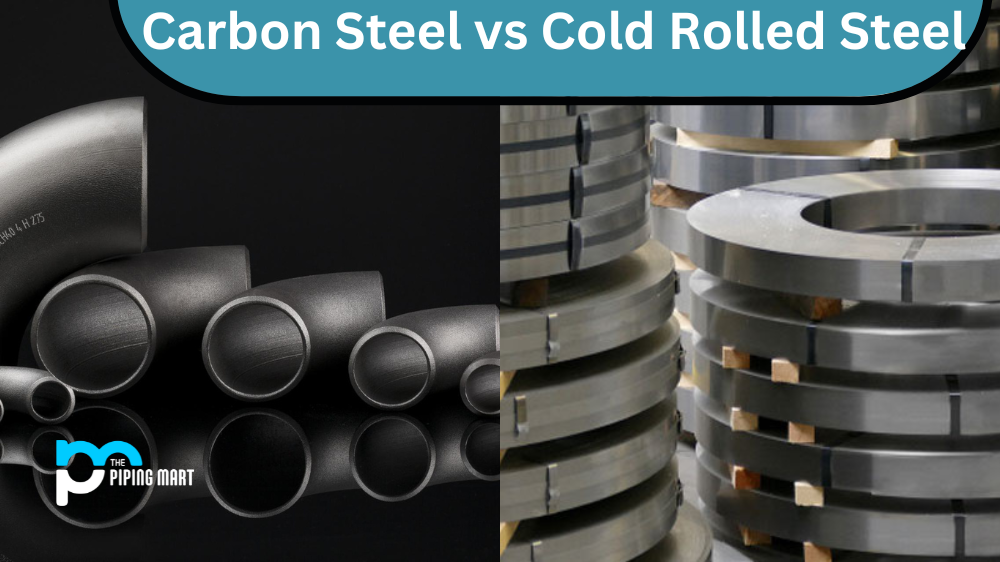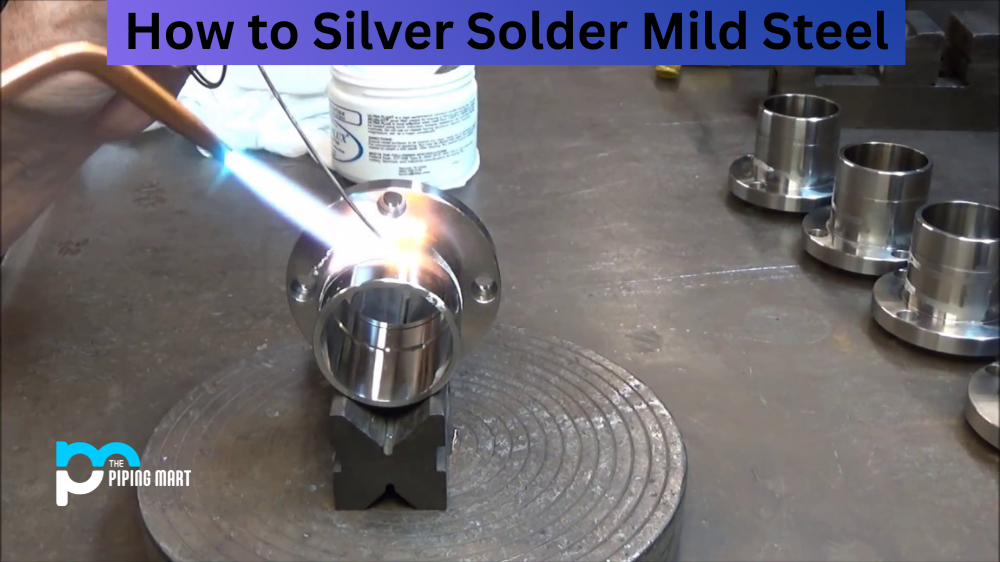If you work with metals, then it’s important to understand the differences between carbon steel and cold-rolled steel. Understanding these two materials will help you make an informed decision when selecting a metal for your project. Let’s take a look at what makes each of these materials unique.
Difference Between Carbon Steel and Cold Rolled Steel
Carbon steel is composed of iron and carbon. Carbon steel typically contains up to 2% carbon by weight, along with other alloying elements such as manganese, silicon, nickel, chromium, molybdenum, and aluminum. It is heat treatable, weldable, and formable. Carbon steel is often used in construction due to its strength and affordability.
Cold-rolled steel is a type of low-carbon steel that has been worked at room temperature to produce a smoother surface than hot-rolled steel. The increased hardness comes from strain hardening caused by passing the metal through rollers while cold reducing it below its recrystallization temperature. This process also improves the surface finish of the material, which can be further improved with polishing or electroplating if desired. Cold-rolled steel is typically used for applications where greater strength or superior surface finish is required, such as automotive parts or furniture components.
Composition
Carbon steel and cold-rolled steel are made of different types of steel. Carbon steel is made of iron and carbon, while cold-rolled steel is made of low-carbon steel.
Properties
Carbon steel is harder than cold rolled steel, but it is also more brittle. Cold-rolled steel is stronger than carbon steel and is more ductile.
Uses
Carbon steel is used in a variety of applications, including the production of car parts, pipes, and wires. Cold-rolled steel is often used in the construction industry for the production of beams and other structural components.
Cost
Carbon steel is generally more expensive than cold-rolled steel.
Production
Carbon steel is produced by hot rolling and then cooled to achieve the desired properties. Cold-rolled steel is produced by first cooling the material and then passing it through rollers to achieve the desired shape.
Availability
Carbon steel is widely available, while cold-rolled steel may be difficult to find in some areas.
Conclusion:
When selecting a metal for your project, it’s important to understand the differences between carbon steel and cold-rolled steel so that you can make an informed decision about which material will best meet your needs. Carbon steel is strong, affordable, and heat treatable, making it an ideal choice for many construction projects, while cold rolled steel offers superior strength and a smoother surface finish making it well-suited for automotive parts or furniture components. Whether you are working on a major industrial project or a smaller hobbyist one, understanding these two materials will help ensure that you select the right material for the job!
Sakshee is a talented blogger, with a particular focus on the Business and Metal Industry. She is passionate about sharing her insights on various metal products and helping professionals to make a better decisions.




